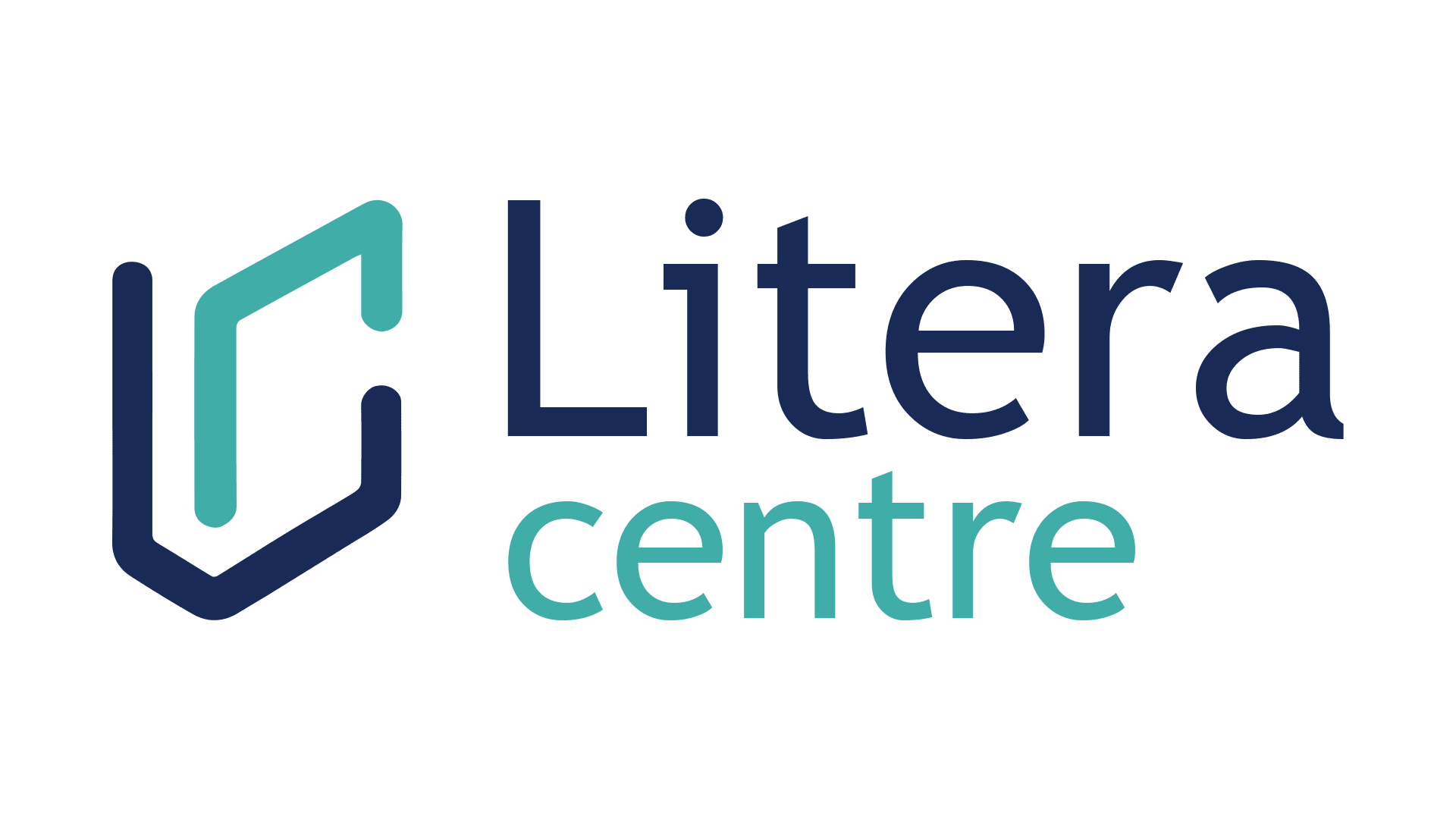Globalization is at its zenith in the current times. Nearly 30 lakh aspirants across the globe attempt the Scholastic Assessment Test (SAT) every year at various test centers in more than 170 countries to study in various national and international institutions. SAT is conducted at least five times every year in the months of March, May, August, October, and December for different groups of students whether international or belonging to US schools.
SAT is a comprehensive test globally accepted by colleges and universities for admission into various bachelor or undergraduate study programs across the world. It is conducted for a full score of 1600 of which a score range of 1200-1600 opens the aspirants to a plethora of admission and scholarship opportunities worldwide.
The test hitherto has been a three-hour long PBT or pen & paper-based test. But the College Board of the United States has come up with a transition to the digital mode called the Digital SAT. This transition will be effective from 2023 at all the international test centers and 2024 at all the US schools. The recent SAT conducted on 3 December 2022 was the last ever pen-paper version of the test.
According to the College Board, the new Digital SAT has been introduced to solemnize the test and make it the best possible option for students. Let’s dive into the intricacies of the new SAT.
1. Digital SAT:

Digital SAT is the newly transitioned digital version of the existing Scholastic Assessment Test popularly known as SAT. This will be conducted digitally, meaning online on an electronic device such as a laptop or a tablet.
Students are supposed to take the test on the Digital SAT Suite Application administered by the College Board’s digital testing application. But that doesn’t imply the test can be taken anywhere. The candidates should take the test at a test center where they can carry their devices and will be guided to download the testing application for the assessment, or the candidates can download the same on their own.
The Digital SAT will be first made available for international students in the spring of 2023 and then to US students in the spring of 2024. If the international students missed the 2022 SAT on 3 December, which was the last pen-paper-based test, their only option is the next Digital SAT of March 2023, which will be the first-ever digital test.
2. SAT Vs DSAT:

The existing version of SAT which is a pen-paper test is an exhaustive version of SAT with separate Reading & Writing Language Sections and Math, aimed to assess the skills and knowledge of the aspirants for their required course of study and career.
It takes place for three hours for a full score of 1600. The digital transition of SAT is called Digital SAT or DSAT. In contrast to the exhaustive nature of the current SAT, DSAT will be an adaptive version aimed at optimisation of the candidate’s scoring accordingly.
Similarities:
- Both versions of assessments are divided into two sections each of which has two modules adaptive to the candidate’s performance.
- They both aim at the evaluation of the candidate’s skills and readiness.
- The test is for a total score of 1600.
- The test has to be taken at a scheduled test center.
- Practice materials free of cost are available for both modes of assessment.
- Their validity is similar for both course admission as well as for scholarships.
SAT Vs DSAT(Differences):
Following is the overview of major changes from SAT to DSAT:
| ATTRIBUTE | SAT | DSAT |
| Mode of exam | Written | Online/Digital |
| Nature of the exam | Exhaustive | Adaptive |
| Duration | 3 hours 50 min with essay (3 hours without essay) | 2 hours 14 minutes |
| Breakdown | 4+1(Essay) sections: 1. SAT Reading 2. SAT Math (no calculator) 3. SAT Math (calculator) 4. SAT Writing and Language) 5. SAT Essay writing (optional) | Two sections each divided into 2 modules: 1. SAT Reading and Writing section 2. Math |
| Average time per question | 61-62 seconds | 1.15 minutes |
| Result generation | 2-4 Weeks | Few days |
3. The New SAT:

The conventional SAT had 4+1 sections with an optional Essay writing section, each section separately timed and assessed.
The breakdown is as follows:
- SAT Reading (65 questions – 65 minutes)
- SAT Math (no calculator) (20 questions – 25 minutes)
- SAT Math (calculator) (38 questions – 55 minutes)
- SAT Writing and Language (44 questions – 35 minutes)
- SAT Essay Writing (optional) (1 question – 50 minutes)
The Digital SAT has both Reading and Writing sections combined into one and a separate Math section. Both areas have 2 modules each adaptive and separately timed. In the Reading and Writing Sections earlier, a specific passage format was followed in which one long passage and multiple questions were given to answer comprehending the same.
Now, each question will have 1 or 2 short passages or texts specific to the question. So, a wide spectrum of contexts and genres could be covered and assessed.
DSAT follows an adaptive model i.e., each module has 3 levels – easy, medium, and hard. The level of Module 2 depends on the candidate’s performance in Module 1.
- If Module 1 has more correct responses, Module 2 will be a harder one but the scoring range will be higher.
- If Module 2 has lesser correct responses, Module 2 will be an easier one but the scoring range will be lower.
The breakdown is as follows:
SAT Reading and Writing Section: 2 Modules – 64 minutes
- Module 1: 20 operational & 2 pre-test questions – 32 minutes
- Module 2: 20 operational & 2 pre-test questions – 35 minutes
SAT Math: 2 Modules – 70 minutes
- Module 1: 20 operational & 2 pre-test questions – 35 minutes
- Module 2: 20 operational & 2 pre-test questions – 35 minutes
4. What’s New?

While the traditional pen-paper SAT has its own merits, the new DSAT has scores of interesting elements facilitated by technology. Some of them are:
- The first feature is the reduced exam time which earlier was over 3 hours (50 minutes more with essay) down to just 2 hours 14 minutes now.
- The test is taken digitally on a wide range of devices like laptops and tablets.
- The Digital SAT Suite has a separately timed sections feature which helps the candidates keep an eye on the timer and pace accordingly.
- SAT has two Math sections, one no-calculator section and one allowing calculator use. DSAT moves away from the no-calculator attribute. The DSAT suite application has an in-built Desmos Graphing Calculator to facilitate the working of arithmetic operations.
- Various topics and areas are covered in the passages or texts which offer a personally relatable and interesting view similar to the ones of one’s school or college examinations.
- The application displays only one question at a time to fully focus on one thing at a time.
- The number of sections has been reduced to only 2 equally-lengthed and separately timed ones with a 10-minute break in between.
- Increased average time per question. From just 60-62 seconds in the case of SAT to 75 seconds in Digital SAT.
- It is based on a multi-stage adaptive model in which the performance is assessed for the initial module and the following one whether an easier or a harder one is accommodated accordingly. [Refer to DSAT in 3. The New SAT]
- The application is equipped in such a manner that it is made tolerant of minor interruptions such as a momentary power cut, internet buffering, device battery run-out, and other minor network issues.
- Testing time loss is taken care of. The DSAT suite application survives the cases of battery drain or a momentary power off etc in the case which, one has to only plug in an adapter or a charger to the device and resume immediately. It autosaves the responses and allows the resume of the test without losing much testing time.
- Options such as mark for review and view reference sheet are available.
- One can even highlight, annotate and make a note whenever and wherever required.
- Digital SAT greatly subtracts the hassle of printing, shipping, packing-unpacking, and distribution of test materials to test centers.
- It lowers the admin time including the time for pre and post-test activities in case of a pen-paper test.
- DSAT amplifies the feasibility and flexibility of taking the test.
- Delivers faster results than the traditional SAT which is 2-3 weeks whereas DSAT results can be accessed in only a few days.
- The digital SAT is flexible, more secure and easier. It nullifies the probability of copying or malpractice during the test making it more reliable.
5. Litera Center SAT:

Litera Center is a globally renowned Ed-tech platform catering to the educational needs of students of grades 6-12 of IB and IGCSE curriculums, AS & A level classes, SAT tuitions and guidance to the students in fulfilling their academic aspirations.
It is a student-friendly, reliable and affordable online tuition platform for students. Litera Center offers complete and comprehensive SAT classes and guidance to aspirants. Click here to get complete information about SAT tuition and guidance from Litera Center.
International students of the 2023 class aspiring for SAT will be the first ones to take the Digital SAT or DSAT in the spring of 2023 i.e., in March 2023 and they will not be able to go for pen-paper SAT again since the College Board has decided to make SAT completely digital 2023 onwards.
While the conventional SAT for international students is a missed opportunity, the students of US schools can attempt the pen-paper SAT in 2023 while they still can since SAT will go entirely digital across the world notwithstanding whether a US school or international student from 2024 onward.
Frequently Asked Questions ( FAQ )
Does the Digital SAT have an essay?
No, the Digital SAT (dSAT) does not have an essay section. The essay section was optional in the traditional pen-and-paper SAT, but it was removed in the digital format transition. The dSAT evaluates skills in Reading, Writing, and Math content, but no essay component exists.
What is DSAT vs SAT?
The Digital SAT (DSAT) is the digital version of the SAT exam. It is administered on computers or other digital devices like laptops and tablets. The DSAT has several features facilitated by technology, including reduced exam time and separately timed sections. It is designed to provide students with a more efficient and streamlined testing experience.
On the other hand, the SAT refers to the traditional pen-and-paper version of the exam. It consists of sections in Reading, Writing, and Math, with an optional essay section. The SAT has been administered in this format for many years before the introduction of the DSAT
Is there an essay on the Digital SAT?
No, the Digital SAT does not include an essay section. The essay section was removed from the linear SAT in 2021 and is not part of the digital exam version. The Digital SAT consists of combined Reading and Writing sections and a separate Math section, all taken digitally on devices like laptops and tablets.
What is the DSAT?
The DSAT stands for Digital SAT, the same as the DSAT mentioned earlier. The digital version of the SAT exam is taken on a computer or other digital devices. The DSAT retains the same content areas as the traditional SAT, including Reading, Writing, and Math, but it does not include an essay section. The DSAT offers features such as reduced exam time and separately timed sections to enhance the testing experience for students.





